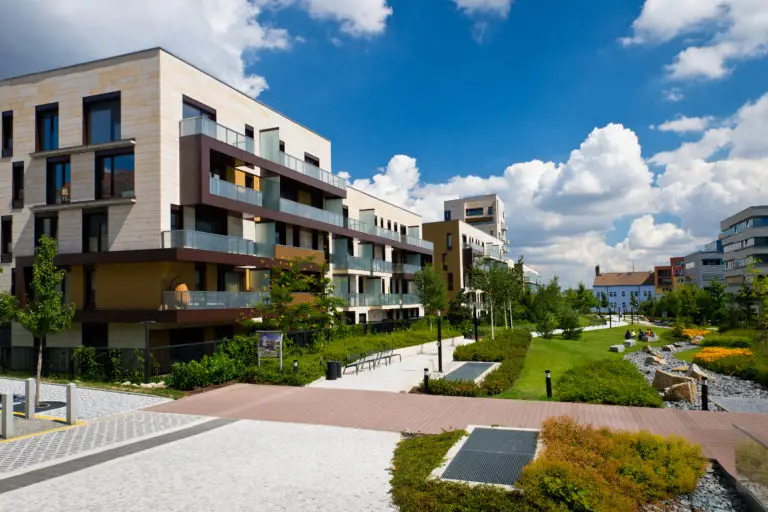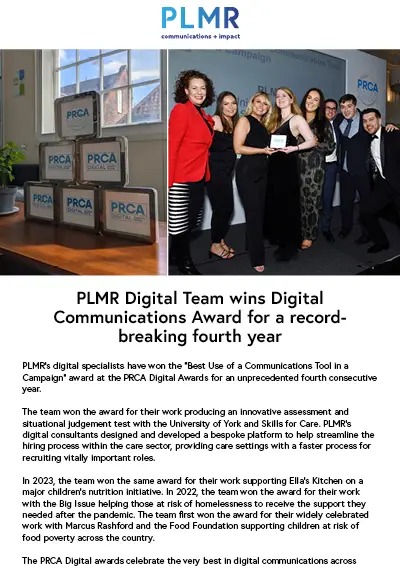- Setting unrealistic timelines
Planning a consultation takes time. There is an unbelievable amount of admin that consultants have to think about and progress to make sure that everything happens when it should. There is printing, postage, website design and stakeholder engagement, amongst many other things. If a client asks to start a consultation in a weeks’ time, you have to be completely honest and say that this is not feasible. This brings me on to my next point…
- Telling a client just what they want to hear
There are many planning comms professionals that will just tell a client what they want to hear. Whilst this strategy is almost understandable when trying to win new business, it can often cause issues when it comes to doing the actual work. One thing to avoid in this industry is overpromising and underdelivering. If you don’t know a local councillor or a local amenity group for a project, just be honest – it won’t hinder your ability to do your job!
- Only listening to the loudest voices in the room
Unsurprisingly, there is a tendency in the planning world to listen to those residents who can shout the loudest during consultations. This is often not the best strategy, as these residents will not necessarily have any insight into the planning process, will not represent a good cross section of the public and can often encourage more negative views from other residents involved in the consultation.
- Forgetting the importance of political engagement
Local community engagement in the planning process is obviously very important, but often it is prioritised over engagement with local members. Understanding the political makeup of a local area can be very important to the outcome of a planning application. Ultimately the planning committee, made up of local councillors, make the final decision. Early and targeted engagement can be key to a successful planning outcome.
- Making the Statement of Community Involvement longer than War & Peace!
Whilst a Statement of Community Involvement (SCI) is a key planning document, like any other, it is not a technical document. It should present the strategy and outcomes of the consultation in a clear, simple and concise manner. Ultimately, the only people reading these documents are councillors, who just want to be able to understand what local people are saying and make a decision – it doesn’t need to be a 50-page thesis!
For advice and assistance on the best practise for built environment consultations please contact Natasha (natasha@snapdragonconsulting.co.uk)




